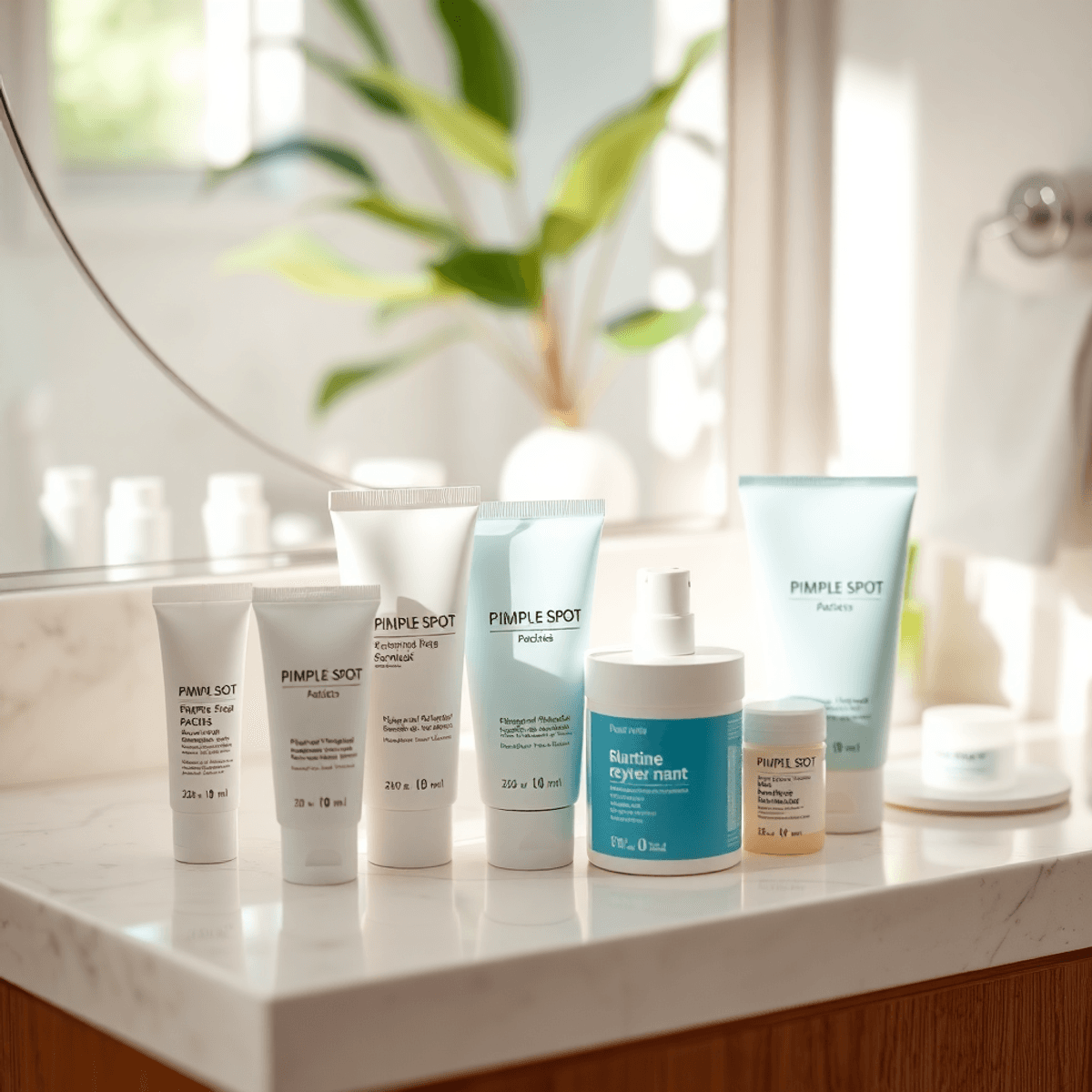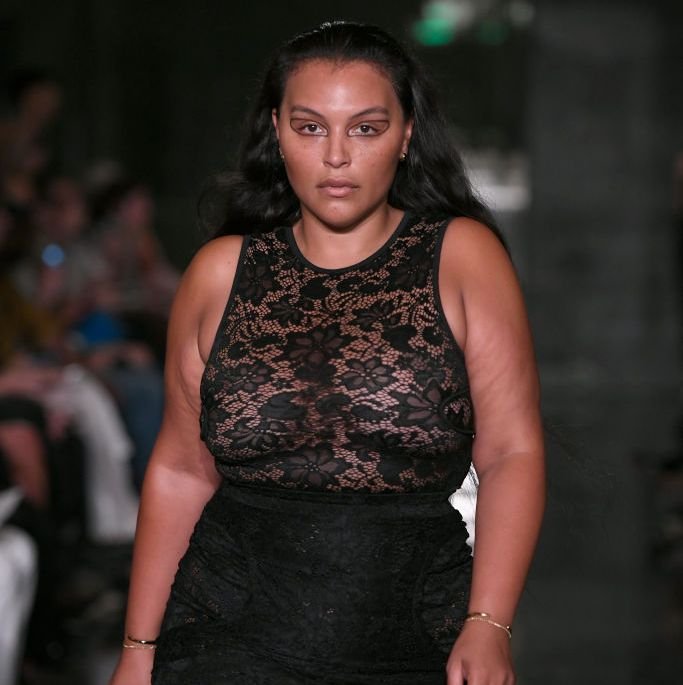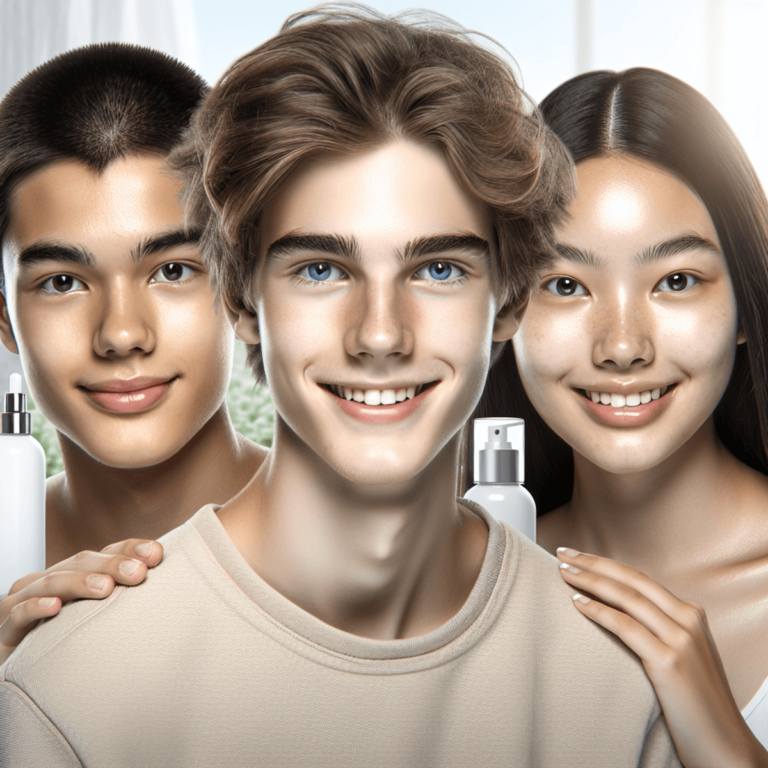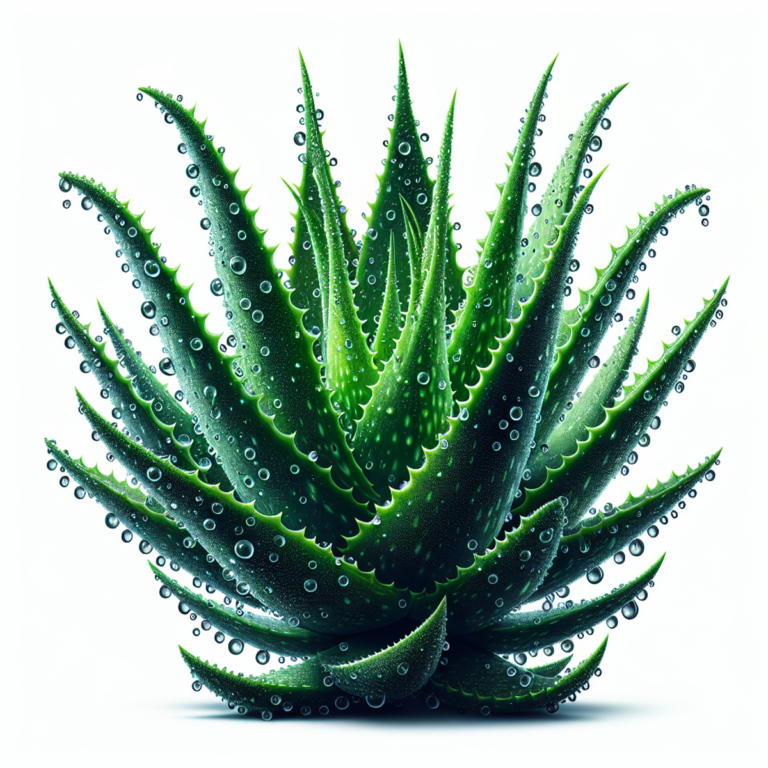Best pimple spot treatment

Introduction
Dealing with unexpected breakouts can be frustrating, but effective pimple spot treatments offer a targeted solution for your acne concerns. These powerful formulations work as your skin’s emergency response team, delivering concentrated ingredients directly to problem areas.
Spot treatments have changed the way we manage acne by providing quick relief when we need it most. There are many options available – from classic benzoyl peroxide formulas to innovative pimple patches and advanced salicylic acid solutions. These treatments can significantly reduce redness, inflammation, and healing time of active breakouts.
Why Targeted Treatment Matters:
- Prevents spread of bacteria
- Reduces inflammation quickly
- Minimizes risk of scarring
- Addresses specific skin concerns
- Complements your regular skincare routine
We’ve spent countless hours researching and testing numerous products to bring you a comprehensive guide to the best pimple spot treatments. Our selection includes options for every skin type, concern, and budget – from sensitive skin solutions to powerful treatments for stubborn acne.
You’ll discover products ranging from drugstore favorites like Neutrogena and CeraVe to premium options such as Murad and Clinique. Whether you’re dealing with occasional breakouts or persistent acne, you’ll find scientifically-backed solutions to achieve clearer, healthier skin.
Understanding Acne and Pimples
Acne develops when hair follicles become clogged with oil, dead skin cells, and bacteria. Your skin has several types of acne lesions, each requiring specific treatment approaches:
Non-inflammatory Acne:
- Blackheads – Open comedones that appear dark due to oxidation
- Whiteheads – Closed comedones that stay beneath the skin’s surface
Inflammatory Acne:
- Papules – Small, red, tender bumps
- Pustules – Pimples containing pus
- Nodules – Large, painful bumps deep under the skin
- Cysts – Deep, painful, pus-filled lesions
Your skin produces sebum naturally, but several factors can trigger excessive production:
Common Acne Triggers:
- Hormonal fluctuations during puberty, menstruation, or pregnancy
- Genetics
- Diet high in dairy or refined sugars
- Stress
- Heavy or comedogenic skincare products
- Medications containing corticosteroids
- Environmental factors like humidity and pollution
The acne formation process follows a specific pattern:
- Excess oil production begins
- Dead skin cells accumulate
- Bacteria multiply in the trapped oil
- Inflammation develops
- Pimples form on the surface
Your skin type plays a crucial role in acne development:
- Oily Skin – More prone to blackheads and inflammatory acne
- Dry Skin – May experience irritation from harsh acne treatments
- Combination Skin – Requires targeted treatment for different areas
- Sensitive Skin – Needs gentle formulations to prevent irritation
Certain areas of your face are more susceptible to breakouts due to higher concentrations of oil glands:
- T-zone (forehead, nose, chin)
- Jawline
- Cheeks
- Around the mouth
Key Ingredients in Pimple Spot Treatments
The effectiveness of your acne treatment depends heavily on its active ingredients. Here’s a detailed breakdown of proven ingredients that combat acne:
1. Benzoyl Peroxide
- Works by killing acne-causing bacteria
- Reduces inflammation and excess oil production
- Ideal concentration: 2.5% to 10%
- Best for: Moderate to severe inflammatory acne
- Tip: Start with lower concentrations to minimize irritation
2. Salicylic Acid
- Penetrates deep into pores to dissolve excess oil
- Exfoliates dead skin cells
- Recommended strength: 0.5% to 2%
- Best for: Blackheads and whiteheads
- Suitable for sensitive skin when used in lower concentrations
3. Retinoids (Including Tretinoin)
- Speeds up cell turnover
- Prevents clogged pores
- Available strengths: 0.025% to 0.1%
- Best for: Stubborn acne and long-term prevention
- Prescription-strength tretinoin 0.1% offers maximum potency
4. Sulfur
- Dries out excess oil
- Removes dead skin cells
- Typical concentration: 3% to 10%
- Best for: Oily skin types
- Often combined with other ingredients for enhanced effectiveness
5. Tea Tree Oil
- Natural antibacterial properties
- Reduces redness and inflammation
- Recommended dilution: 5% to 15%
- Best for: Mild to moderate acne
- Gentle alternative for those seeking natural solutions
6. Niacinamide
- Regulates oil production
- Reduces inflammation and redness
- Optimal concentration: 2% to 5%
- Best for: All skin types, especially sensitive
- Works well in combination with other active ingredients
7. Alpha Hydroxy Acids (AHAs)
- Removes dead skin cells
- Improves skin texture
- Common concentrations: 5% to 10%
- Best for: Surface-level acne and post-acne marks
- Popular types include glycolic and lactic acid
Best Pimple Spot Treatments by Skin Type
For Oily Skin
- PanOxyl Face Wash (4% Benzoyl Peroxide): Powerful antibacterial action that controls excess oil production
- The Ordinary Azelaic Acid 10% Suspension: Brightens skin while fighting acne-causing bacteria
- Paula’s Choice 2% BHA Liquid Exfoliant: Unclogs pores and reduces oil buildup
For Sensitive Skin
- La Roche-Posay Effaclar Duo: Gentle yet effective formula with niacinamide
- Hero Mighty Patch Original: Hydrocolloid patches that protect sensitive areas
- Avène Cleanance Spot Treatment: Soothes irritation while targeting blemishes
For Combination Skin
- Differin Adapalene Gel 0.1%: Regulates oil production in specific areas
- CosRx Acne Pimple Master Patch: Perfect for spot-treating oily zones
- The Inkey List Succinic Acid Treatment: Balances skin while treating breakouts
For Dry/Mature Skin
- Skinoren Cream (20% Azelaic Acid): Treats acne without over-drying
- Dr. Jart+ Focuspot Micro Tip Patches: Delivers active ingredients while maintaining hydration
- Kate Somerville EradiKate: Sulfur-based treatment that doesn’t dehydrate
For Deep/Blind Pimples
- Origins Super Spot Remover: Contains salicylic acid that penetrates deep into pores
- ZitSticka KILLA Kit: Micro-dart patches that deliver ingredients below the skin’s surface
- Murad Deep Relief Acne Treatment: Targets painful, underground blemishes
For Post-Inflammatory Hyperpigmentation
- Faded by Topicals: Reduces dark spots and prevents new ones.
When dealing with skin issues, especially during pregnancy, it’s crucial to choose safe skincare products. Always consult with a healthcare professional before starting any new treatment.
Popular Products in the Market
The skincare market offers numerous effective pimple spot treatments. Here’s a detailed look at the most trusted products backed by customer satisfaction and proven results:
1. La Roche-Posay Effaclar Duo
Key Ingredient: 5.5% Benzoyl Peroxide
Benefits: Targets stubborn acne and prevents new breakouts
Customer Feedback: Users report visible results within 3 days
Best For: Moderate to severe acne
2. Paula’s Choice 2% BHA Liquid Exfoliant
Key Ingredient: 2% Salicylic Acid
Benefits: Unclogs pores and reduces blackheads
Customer Feedback: “Holy grail” status among skincare enthusiasts
Best For: Daily treatment of persistent blackheads
3. Differin Adapalene Gel 0.1%
Key Ingredient: Adapalene (Retinoid)
Benefits: Prevents breakouts and reduces inflammation
Customer Feedback: Users praise its effectiveness for long-term acne management
Best For: Regular maintenance and prevention
4. The Ordinary Niacinamide 10% + Zinc 1%
Key Ingredients: Niacinamide, Zinc PCA
Benefits: Controls oil production and reduces redness
Customer Feedback: Popular choice for combination skin
Best For: Oil control and post-acne marks
5. CosRX Acne Pimple Master Patch
Key Feature: Hydrocolloid technology
Benefits: Extracts pus and protects from bacteria
Customer Feedback: Users love the overnight results
Best For: Active whiteheads and surface-level breakouts
6. PanOxyl Acne Foaming Wash
Key Ingredient: 10% Benzoyl Peroxide
Benefits: Treats body acne and facial breakouts
Application Tips for Spot Treatments
Proper application of pimple spot treatments can significantly impact their effectiveness. Here’s your guide to maximizing results:
Cleanse First
- Use a gentle cleanser to remove dirt, oil, and makeup
- Pat your face dry with a clean towel
- Wait 2-3 minutes for skin to completely dry
Application Technique
- Apply a thin layer directly on the pimple using a clean cotton swab
- Avoid touching surrounding skin to prevent irritation
- Don’t layer multiple spot treatments at once
- Allow product to dry completely before applying moisturizer
Timing Matters
- Apply spot treatments after toner but before moisturizer
- For daytime use, apply sunscreen after treatment has dried
- Night application allows longer contact time with skin
Best Practices
- Start with a patch test on a small area
- Use benzoyl peroxide products at night to prevent sun sensitivity
- Change pillowcases frequently to avoid bacterial transfer
- Don’t pick or squeeze pimples while using treatments
Treatment Duration
- Apply 1-2 times daily as directed on product label
- Continue treatment for 24-48 hours after pimple subsides
- Stop use if irritation develops
- Switch to a different active ingredient if no improvement after 4-6 weeks
Storage Tips
- Keep products in a cool, dry place
- Check expiration dates regularly
- Replace products showing changes in color or texture
- Store pimple patches in their original packaging
Addressing Acne Scarring
Acne scars present unique challenges distinct from active breakouts. These scars manifest in several forms:
1. Ice Pick Scars
- Deep, narrow indentations
- Appear as small puncture marks
- Common in severe acne cases
2. Rolling Scars
- Wide depressions with sloping edges
- Create a wave-like appearance
- Often found on cheeks
3. Boxcar Scars
- Sharp, defined edges
- Broader than ice pick scars
- Resemble chicken pox scars
4. Post-Inflammatory Hyperpigmentation (PIH)
- Dark spots or patches
- Not true scars
- Can fade with proper treatment
Traditional spot treatments target active pimples but don’t address existing scars. Specific treatments for acne scarring include:
Professional Options
- Chemical peels
- Microneedling
- Laser therapy
- Dermal fillers
At-Home Solutions
- Retinoids (tretinoin 0.05%)
- Vitamin C serums
- Alpha hydroxy acids
- Silicone-based scar gels
Key Ingredients for Scar Treatment
- Niacinamide
- Kojic acid
- Azelaic acid
- Peptides
- Hydroquinone (under medical supervision)
Scar treatment requires patience and consistency. Results typically become visible after several weeks or months of dedicated treatment.
Lifestyle Factors Impacting Acne Treatment Success
Your daily habits play a crucial role in the effectiveness of pimple spot treatments. Here’s how specific lifestyle factors affect your skin’s response to acne treatments:
Diet Impact
- High-glycemic foods can trigger insulin spikes, leading to increased oil production
- Dairy products might stimulate hormonal changes that worsen acne
- Foods rich in antioxidants support skin healing and enhance treatment results
- Zinc-rich foods boost your skin’s natural defense against acne-causing bacteria
Stress Management
- Elevated cortisol levels from stress increase sebum production
- Stress-induced inflammation can reduce the effectiveness of treatments like benzoyl peroxide and retinoids
- Poor sleep quality affects skin repair and regeneration
- Regular exercise helps regulate hormones and reduce stress-related breakouts
Environmental Factors
- Phone screens harbor bacteria that can transfer to your skin
- Pillowcase bacteria accumulation affects treatment success
- Air pollution particles can clog pores and interfere with spot treatments
- UV exposure can worsen post-inflammatory hyperpigmentation
Daily Habits
- Touching your face spreads bacteria and oil
- Over-washing can strip natural oils, leading to increased oil production
- Irregular water intake affects skin hydration and healing
- Consistent skincare routine timing maximizes treatment effectiveness
These lifestyle factors work alongside your chosen treatments – whether you’re using Differin cream, sulfur face wash, or benzoyl peroxide products. Addressing these elements creates an optimal environment for your spot treatments to work effectively.
Conclusion
Your journey to clear skin starts with selecting the right pimple spot treatment that matches your skin’s needs. From salicylic acid to benzoyl peroxide, each active ingredient serves a unique purpose in treating different types of acne.
Here’s a quick reference guide for your acne-fighting journey:
- Mild Acne: Try products with salicylic acid or tea tree oil
- Moderate Breakouts: Consider benzoyl peroxide or azelaic acid treatments
- Stubborn Spots: Look into adapalene or combination treatments like Twyneo
- Dark Spots: Focus on products containing niacinamide or vitamin C
Remember that what works for others might not work for you. Start with lower concentrations of active ingredients and patch test new products. If your acne persists or worsens after 4-6 weeks of consistent treatment, schedule an appointment with a dermatologist. They can create a personalized treatment plan and might recommend prescription options like tretinoin or professional treatments such as laser therapy for acne scars.
Your clear skin goals are achievable with the right combination of effective spot treatments and consistent skincare habits.
FAQs (Frequently Asked Questions)
What are the best pimple spot treatments available?
The best pimple spot treatments include products with key ingredients like benzoyl peroxide, salicylic acid, and adapalene. Popular options are Neutrogena’s acne products, Clinique’s anti-blemish solution, and Murad’s InvisiScar resurfacing treatment.
How do different types of acne form?
Acne can manifest in various forms such as blackheads, whiteheads, and cystic acne. These occur due to clogged pores from excess oil, dead skin cells, and bacteria. Hormonal changes and certain skincare products can also trigger breakouts.
What key ingredients should I look for in pimple spot treatments?
Effective ingredients include benzoyl peroxide (kills bacteria), salicylic acid (exfoliates skin), retinoids (promote cell turnover), sulfur (reduces oil), and tea tree oil (anti-inflammatory). Each ingredient has specific benefits for different skin types.
What are some tips for applying pimple spot treatments effectively?
To maximize results, apply a small amount directly on the pimple after cleansing your face. Allow it to dry completely before applying other products. Avoid overuse to prevent irritation, especially for sensitive skin.
Can pimple spot treatments help with acne scarring?
While spot treatments primarily target active pimples, they may not be effective for post-acne marks or scars. For scarring, consider using targeted creams or treatments that specifically address scar healing.
How do lifestyle factors impact acne treatment success?
Lifestyle factors such as diet and stress can significantly affect acne. A balanced diet low in sugar and dairy can help reduce breakouts, while managing stress through relaxation techniques can improve overall skin health.










